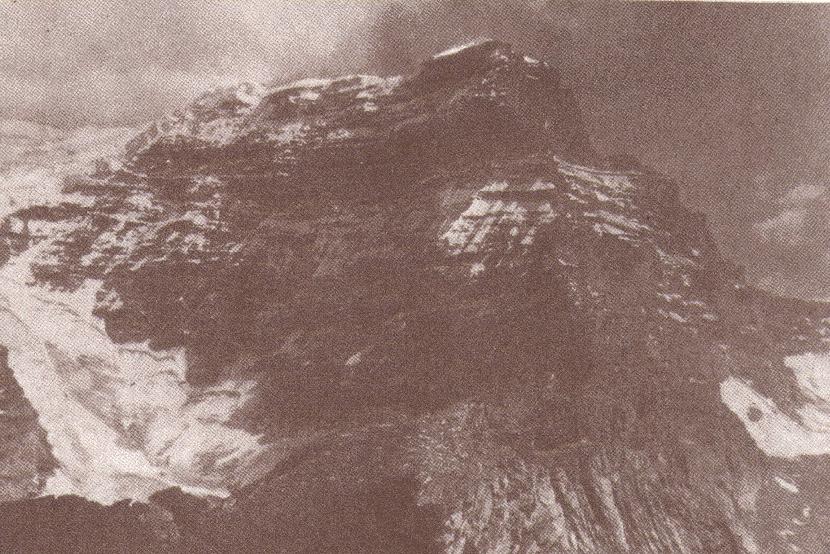Akt Snyatiya Ostatkov Topliva V Bakah Avtomobilej

Amur region history The first Russian settlers came to the Amur region in the middle of the 17th century. However, they encountered resistance from the local population that turned to the Manchus for protection. In 1689, in accordance with the Treaty of Nerchinsk, Russia lost Priamurye. In the 19th century, Manchu China weakened and, by Aigun Treaty (1858), Priamurye once again came under the rule of Russia. In 1860, the treaty was confirmed and significantly expanded in the Beijing Treaty. In Chinese historiography, both treaties are considered unequal as China, weakened by the Opium wars and the Taiping Rebellion, was forced to make territorial concessions.
JAKARTA, Indonesia (AP) — Indonesia’s Mount Merapi shot a towering plume of ash about 6 kilometers (4 miles) high Friday in an eruption authorities said lasted two minutes. The National Disaster Mitigation Agency said the volcano’s alert status, raised last month from the lowest level, is.
A lot of people arrived to the Amur region with the construction of the Trans-Siberian Railway. By the end of the 1930s, the population of the Amur region increased by half compared to pre-revolutionary times and amounted about 450,000 people. In 1958, the population reached 717,500. The main causes of rapid population growth were the development of virgin land, the construction of the Zeya and Bureya hydroelectric power stations, the Baikal-Amur Mainline, increase in the number of armed forces and border troops. Pristine nature of the Amur region. Amur region landscape Author: Sveshnikov Alexander Amur region features Most of the region is located in the basin of the Upper and Middle Amur - hence the name of the region.

South-eastern boundary of the Amur region is the state border of the Russian Federation and is bordered by the People’s Republic of China. The Stanovoy Range divides the Amur region and the Republic of Sakha (Yakutia). The higher elevations of mountains are overgrown with dwarf Siberian pine and alpine tundra. Larch and pine forests grow along the river plains. Also, the Zeya River originates in these mountains. There is a dam built in the middle of the Zeya River creating Zeysky water reservoir. Also there are mountains separating the region from Khabarovsk krai in the east with larch and fir-spruce forests.
The Amur, Bureya and Zeya rivers form a place of highest biodiversity in the region. Easy jazz piano songs pdf 2017. The climate is transitional from the harsh continental in the north-west to monsoon in the south-east. The fauna of the Amur region is rich and varied.
The most widely known animals are the Amur leopard and the Amur tiger, which unfortunately are on the verge of extinction. Amurskaya oblast nature Author: Evgeny Lopatin Amur region economy The main railroads are the Trans-Siberian Railway and the Baikal-Amur Railway. The region has such natural resources as gold, iron, non-ferrous and rare metals, coal, precious, half-precious stones, different construction materials, fresh and mineral water. Soils are fertile enough for productive agriculture.